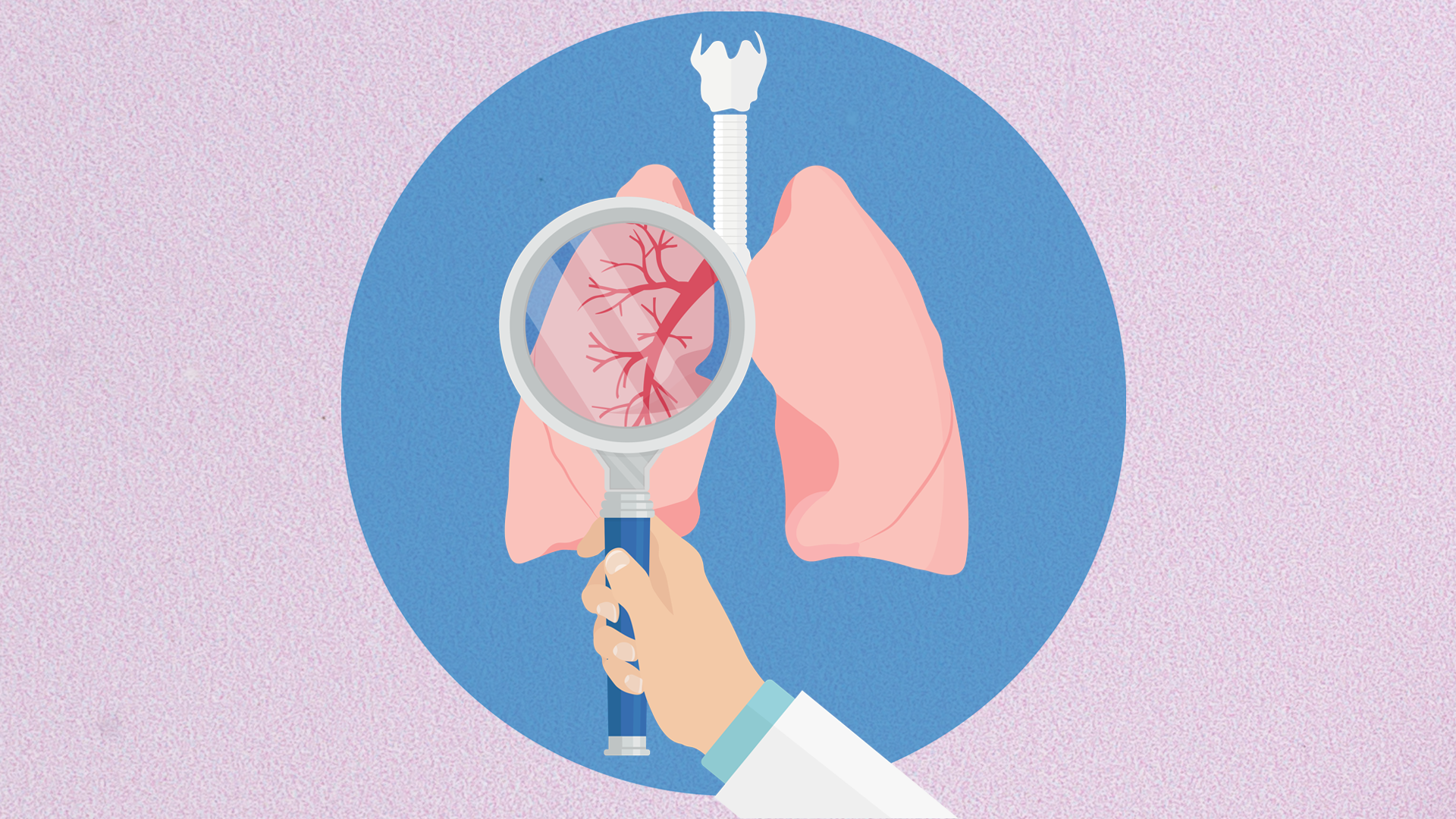How I Counsel Patients About Lung Cancer Screening
A lung cancer screening navigator offers their perspective on shared decision-making.

Effectively counseling patients to engage in lung cancer screening and ensuring adherence with annual tests are the most challenging parts of my job as a lung cancer navigator. In 2021, the US Preventive Services Task Force (USPSTF) changed the guidelines for lung cancer screening, making screening available for individuals 50 years or older who have smoked tobacco for 20 years or more.1 These changes have been made with the goal to reduce disparities, especially for Black individuals and women. The changes allow more Black individuals and women to be eligible because these populations are at a higher risk for lung cancer. According to the current guidelines, individuals aged 50 to 80 years who are in relatively good health, are current smokers or have quit within the past 15 years, or have a 20-year history of smoking are now eligible for annual screening with low-dose CT. A shared decision-making visit about risks and benefits of screening is included and covered as part of the screening procedure.2
When broaching the subject of lung cancer screening, it is important to explain to the patient that lung cancer is one of the most common cancers among men and women and that smoking is the cause of 80% of lung cancer cases.3 Men and women who smoke cigarettes are approximately 25 times more likely to develop lung cancer than those who have never smoked.3 The choice to undertake screening should involve a thorough discussion of the potential benefits, limitations, and harms of screening with a shared decision-making visit.3
Screening with a low-dose CT scan reduces cancer mortality by 20% when compared with standard chest X-ray among current and former smokers.3 During the patient’s visit, I explain that the major benefit of this type of screening is that we can diagnose cancer at its earliest stage when treatment is aimed at a cure. Unfortunately, lung cancer is often a silent killer, and it is typically undiagnosed until later stages when patients are noticing overt symptoms such as coughing up blood.3,4 We aim to identify the cancer before it reaches that stage.
Screening can come with potential risks. Patients should understand the risks of false-positive results, which lead to additional testing, invasive procedures, the risk of radiation exposure, and increased patient anxiety. Some patients may also fear the CT scan. I therefore explain that this is a quick examination with a machine that looks like a donut and that no intravenous contrast is used. Additionally, I focus on the fact that the dose of radiation exposure is lower than that of a diagnostic CT scan.5
Discussing possible findings prior to completing the examination is beneficial for the patient so that they know what to expect. Often, the low-dose CT scan will show pulmonary nodules. Pulmonary nodules are abnormal spots on the lungs that can be present for many reasons, and most of the time, these spots are not cancerous. Most commonly, it will be recommended to repeat the CT scan yearly to monitor these nodules. A small number of nodules will require closer follow-up or additional work-up with possible biopsy or surgery.3
According to the Affordable Care Act, insurance plans must cover the costs of certain preventive services without charging a co-pay or coinsurance.4 Because the USPSTF gave lung cancer screening a grade B recommendation, it falls under the preventive services that are covered for adults who are 50 years or older and are at high risk for disease, meaning that these screenings may come at no cost for the patient.6 This allows patients the option to schedule their screening visit without worrying about the potential price tag. Furthermore, the shared decision-making visit is a covered benefit that can be offered via telehealth, providing more convenience for the patient and a higher likelihood of engagement in a program.
It is also necessary to discuss smoking cessation and emphasize that screening is not an alternative to smoking cessation. It is critical to ensure your patients know the importance of screening and to decrease the stigma around lung cancer by having these conversations in an open and nonjudgmental manner.
One of the most rewarding parts of my job as a navigator is when we can diagnose lung cancer early on in a patient with high-risk disease who would have ordinarily presented with late-stage lung cancer. As part of a multidisciplinary team that manages lung cancer at the University of Miami Sylvester Cancer Center in Florida, my job is to dispel myths, fears, and the stigma surrounding lung cancer. I can provide education regarding the importance of screening, which allows more patients to get their potentially lifesaving initial screenings and follow-up scans completed.
References
- Lung cancer: screening. US Preventive Services Task Force. March 19, 2021. Accessed August 16, 2023. https://uspreventiveservicestaskforce.org/uspstf/recommendation/lung-cancer-screening
- Lung cancer screening billing guide. American Lung Association. Accessed August 30, 2023. https://www.lung.org/getmedia/bd0af1bf-1cd8-4fd0-9f8f-47e55c783448/ALA-Lung-Cancer-Screening-Billing-Guide-FINAL.pdf
- Cancer facts and figures 2021. American Cancer Society. Accessed August 16, 2023. https://www.cancer.org/research/cancer-facts-statistics/all-cancer-facts-figures/cancer-facts-figures-2021.html
- Lung nodules. American Cancer Society. Accessed August 16, 2023. https://www.cancer.org/cancer/types/lung-cancer/detection-diagnosis-staging/lung-nodules.html
- Lung cancer screening. Mayo Clinic. February 11, 2022. Accessed August 30, 2023. https://www.mayoclinic.org/tests-procedures/lung-cancer-screening/about/pac-20385024
- Lung cancer screening: questions for the doctor. US Department of Health & Human Services. Updated May 26, 2023. Accessed August 18, 2023. https://health.gov/myhealthfinder/doctor-visits/talking-doctor/lung-cancer-screening-questions-doctor




